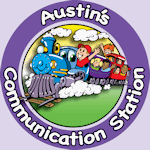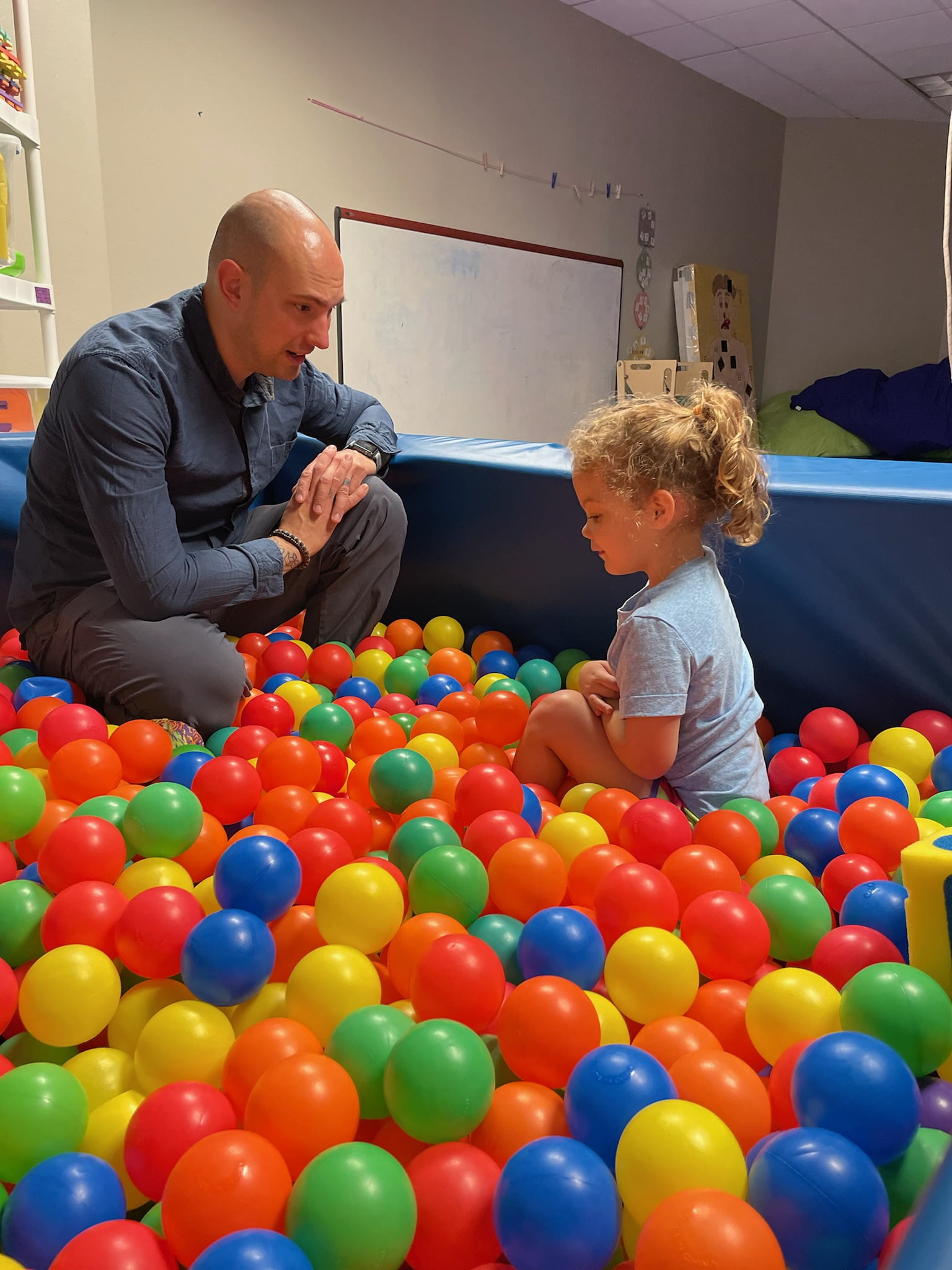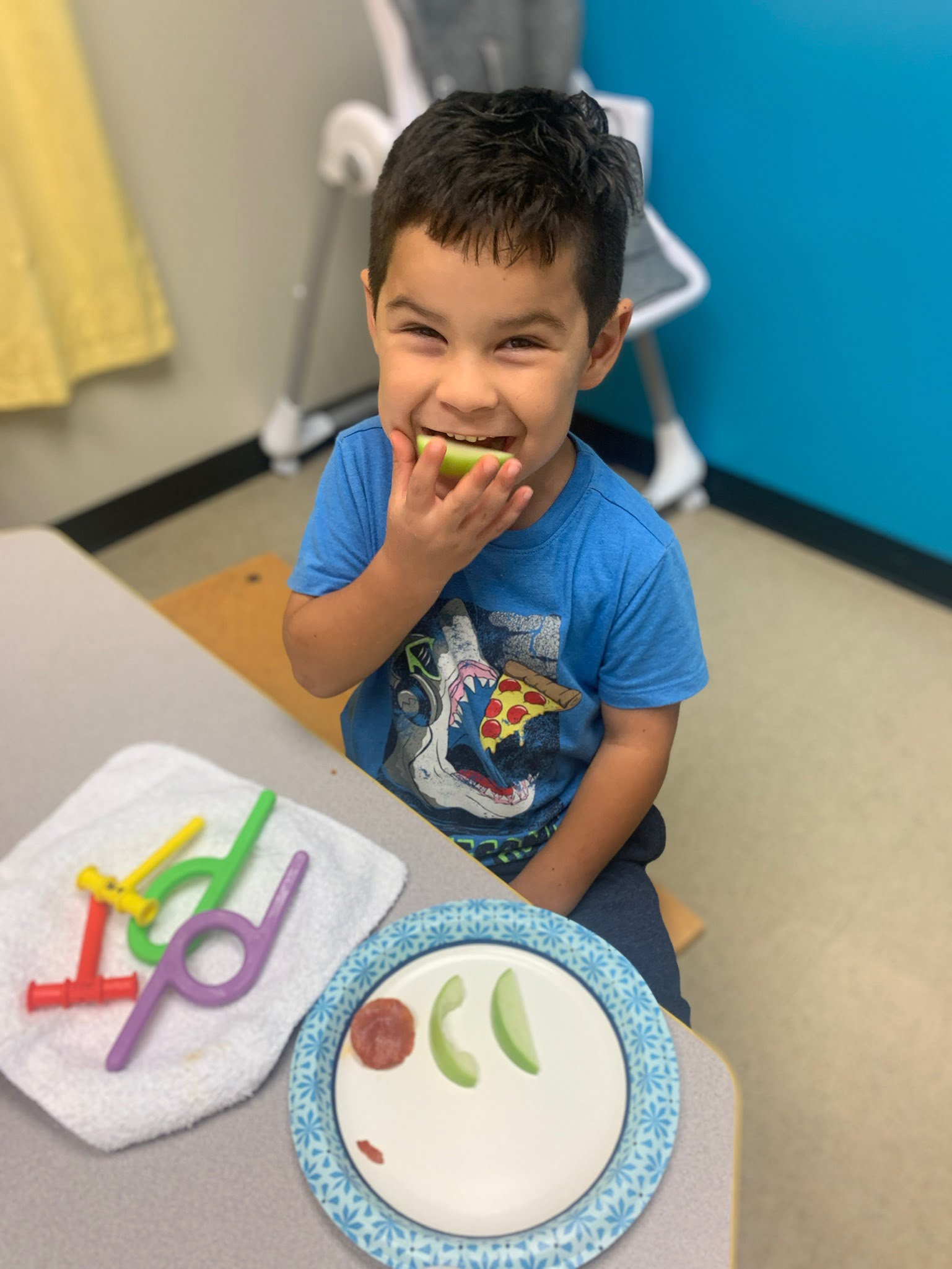Social Communication Therapy
Speech Therapy is not limited to targeting pronunciation and learning how to speak properly – it’s about communication in all forms! Therapy at Austin’s Communication Station is a place where kids learn about how to be a part of the world around them. At Austin’s Communication Station we use the Social Thinking ® Methodology and a variety of other approaches to social skills therapy and executive functioning therapy to support your child’s ability to emotionally regulate by thinking about themselves, others, and their environment, in a whole new way. We want to see your child thrive as an individual, and in a way that is authentic to your family’s culture and priorities.
At Austin’s Communication Station, both your Speech Therapists and Occupational Therapists will work together to support your child’s highest level of function. By offering both group and individual sessions, we create opportunities for explicit learning of social and executive functioning tools, as well as organic moments of implementation and practice in a peer setting and working with a variety of adults and therapists to generalize knowledge. This format is great for social communication learners, and we love watching your kids grow and learn how to make friends and interact in everyday life.
Does your child demonstrate difficulties with any of the following… ?
- Struggling to read or understand the emotional states of others
- Describing emotions
- Greeting, saying goodbye, or other niceties to others without being prompted
- Understanding jokes, sarcasm, or friendly teasing
- Feeling like everyone is bullying them or comes across as a bully to others
- Conversing about things that are off topic or only about things of interest to them
- Struggling to build relationships with peers
- Compromising with others or accommodating to wishes of others
- Getting easily bored, often jumping from one activity to another, and/or poor at entertaining self when alone
- Violating the personal space of other people
- Intruding on conversations or struggling to take turns speaking
- Knowing how to regulate emotions when experiencing difficult social situations
- Having big reactions to relatively small problems
- Sharing or playing appropriately with peers


